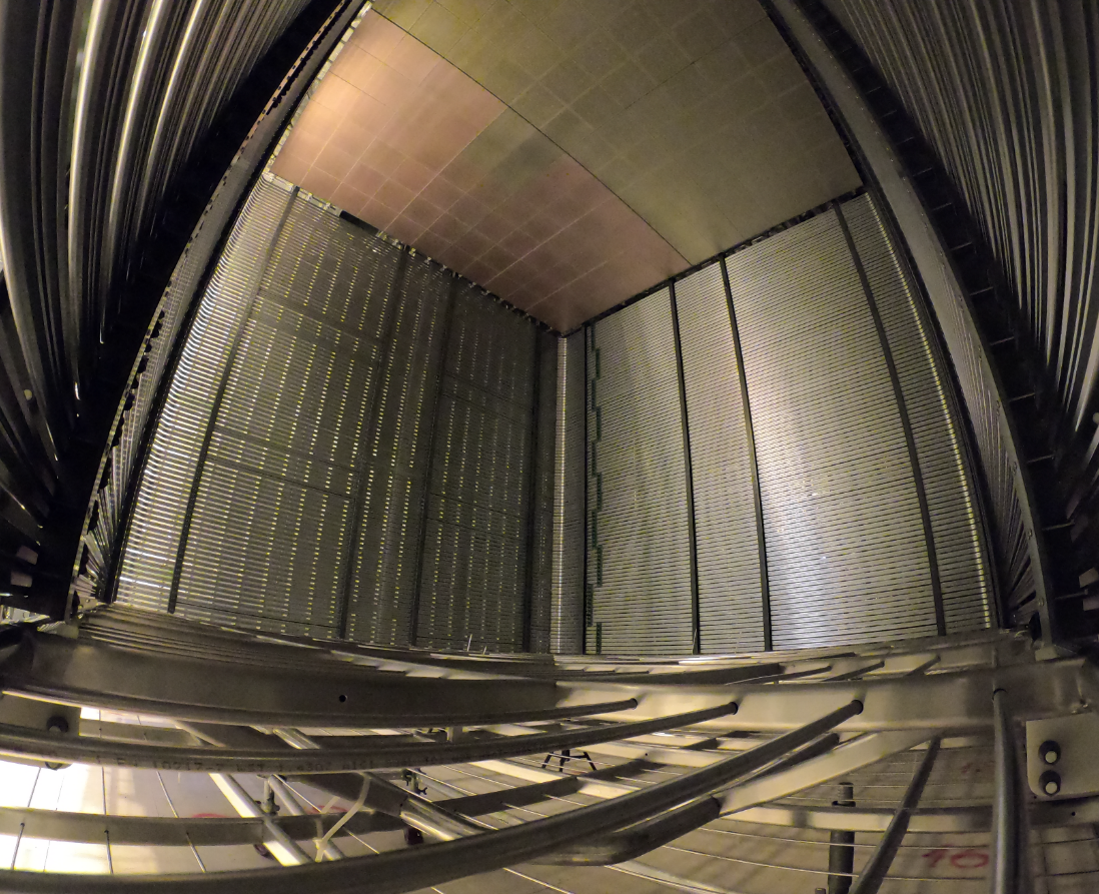The neutrino group at IP2I has a long-standing expertise in neutrino oscillations physics and in detector developments. It is currently focused on the Deep Underground Neutrino Experiment (DUNE), to which it is contributing since its early stages in 2014 before the birth of the DUNE collaboration.
The discovery of neutrino oscillations, awarded by the Nobel Prize for physics in 2015, provides today the only evidence in elementary particle physics for physics beyond the Standard Model. The DUNE experiment, hosted at the Long Baseline Neutrino Facility in the USA, is going to address fundamental aspects of neutrino mixing and mass ordering and to search for CP violation in the neutrino sector. CP violation in neutrinos could provide a possible explanation of the matter-antimatter asymmetry observed in the today’s universe.
DUNE will exploit a muonic neutrino beam travelling for 1300km in the earth crust, from Fermilab to the Sanford Underground Research Facility, where a detector composed of four 10 kton liquid argon Time Projection Chambers is located 1500m underground. Another detector at Fermilab measures the neutrino beam after its production. The comparison allows demonstrating changes in the neutrino beam, and measuring neutrino oscillation parameters. The beam can be made of neutrinos or of anti-neutrinos, allowing to search for CP violation in neutrino oscillations and performing the determination of the neutrino mass hierarchy, thanks to the matter effects on neutrino oscillations occurring in the earth crust.
DUNE will search as well for rare phenomena, foreseen by Grand Unification theories, such as proton decay and neutron-antineutron oscillations. It will also study cosmic and solar neutrinos, and will look at neutrino bursts from supernovae with unprecedented statistics, time accuracy and neutrino identification sensitivity.
The IP2I neutrino group has been carrying on since 2006 an intensive R&D program on the readout of liquid argon TPC detectors, also supported by the LABEX LIO. It made important contributions to DUNE and the protoDUNE dual-phase prototype at the CERN Neutrino Platform.
